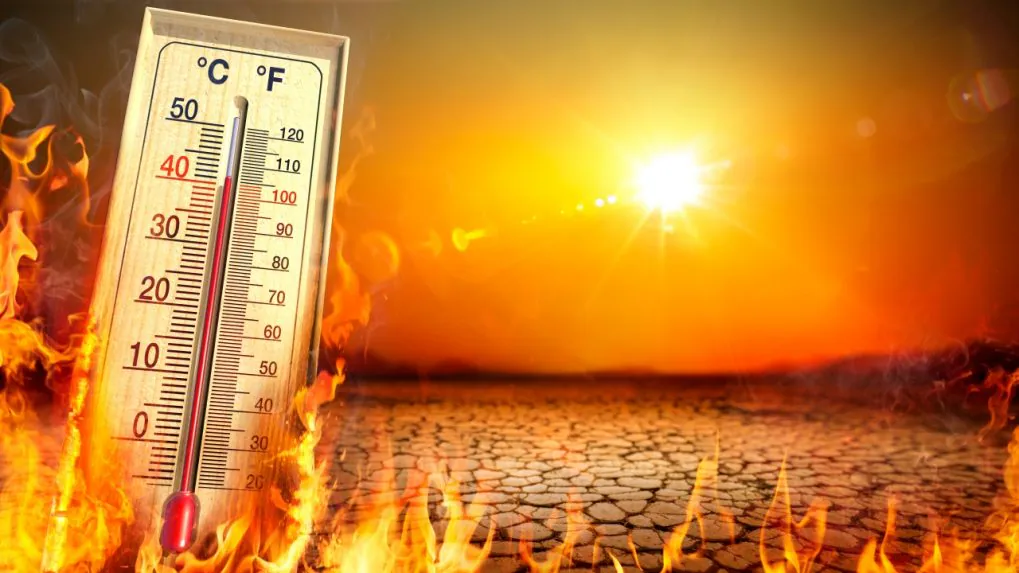Heat Action Plans
Heat waves in India are becoming more frequent, intense, and prolonged due to climate change.To mitigate the impact, Indian cities have adopted Heat Action Plans (HAPs) . However, a recent study by Sustainable Futures Collaborative (SFC) finds that these plans lack long-term strategies and effective implementation .
About Heat Action Plans (HAPs)
- Definition: HAPs are early warning and preparedness plans designed to protect people from extreme heat events.
-
Key Objectives:
- Immediate actions: Public awareness, information-sharing, emergency response.
- Long-term strategies: Infrastructure improvements, policy changes, climate adaptation.
- Introduced by: National Disaster Management Authority (NDMA) in 2016 .
- Implemented by: City and state authorities with technical support from climate and disaster experts.

Study Overview
- Study Overview conducted by SFC in collaboration with King’s College London, Harvard University, Princeton University, University of Arizona , discussions with representatives from disaster management, health, city planning, and labor departments .
Major Findings
- Short-Term Measures Exist But Are Poorly Implemented
-
Cities have basic emergency measures , such as:
- Drinking water access in public places.
- Adjusting work schedules for outdoor laborers.
- Awareness campaigns about heat-related illnesses.
- Medical response systems for heatstroke cases.
- Problem: These measures are not effectively enforced or consistently available .
-
Cities have basic emergency measures , such as:
- Lack of Long-Term Strategies
-
Critical long-term solutions missing , such as:
-
Protection for vulnerable workers:
- No household or occupational cooling schemes .
- No insurance for lost wages due to heat-related illnesses.
-
Cooling Infrastructure Weaknesses:
- Lack of urban shade and green cover .
- Insufficient creation of open spaces to reduce heat impact.
-
Power and Water Supply Challenges:
- Weak electricity grid transmission to handle heat waves.
- Poor distribution safety measures .
-
Protection for vulnerable workers:
-
Critical long-term solutions missing , such as:
- Cities Facing Highest Risk
-
Surat and other densely populated urban areas:
- Projected to face the largest rise in dangerous heat index values (temperature + humidity).
- More heat-related illnesses are expected due to urban heat island effect.
-
Surat and other densely populated urban areas:
Key Challenges in Implementation
| Challenges | Impact |
|---|---|
| Lack of policy focus on prevention | Plans focus on health responses rather than preventing heat stress. |
| Financial constraints | Cities have limited funds to implement cooling infrastructure and adaptation strategies. |
| Coordination issues | Different departments (disaster management, health, urban planning) do not work together effectively. |
| Lack of public awareness | Many people do not recognize the seriousness of heat waves or do not have access to protective measures. |
Recommendations for Strengthening HAPs
- Infrastructure & Urban Planning Improvements
- Increase tree cover & green spaces to reduce the heat island effect.
- Implement cool roofing policies (white/reflective surfaces).
- Improve electricity grid resilience to handle high demand during heat waves.
-
Policy & Governance Reforms
- Expand long-term adaptation programs , including household cooling assistance .
- Provide insurance for workers facing heat-related job losses.
- Strengthen disaster response coordination among various government bodies.
-
Community Engagement & Awareness
- Early warning systems should be made more accessible via mobile alerts, radio, and community networks .
- Educational campaigns to help people identify and respond to heatstroke symptoms.
Conclusion
Heat waves are becoming a major public health crisis in India. HAPs exist but lack long-term vision for climate resilience. Strengthening cooling infrastructure, power grids, and worker protections is crucial . Without better policy implementation and funding , India's urban populations remain at high risk from extreme heat .













